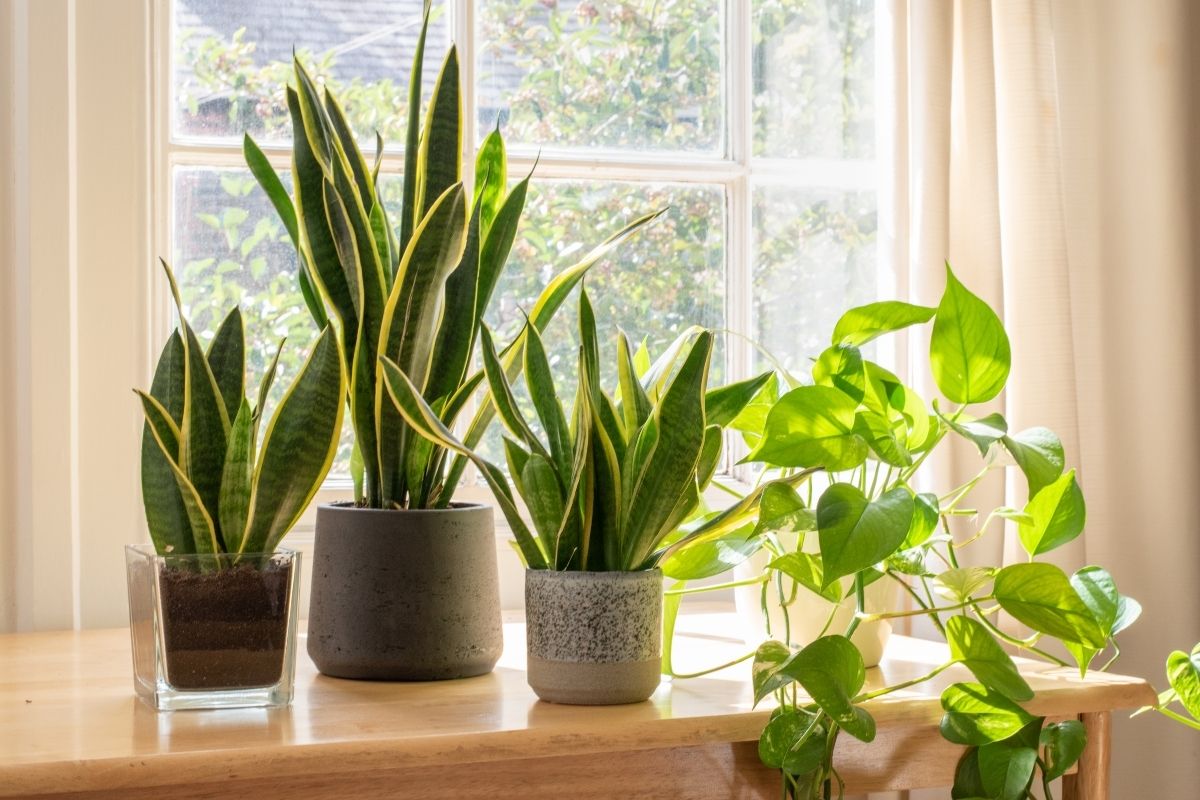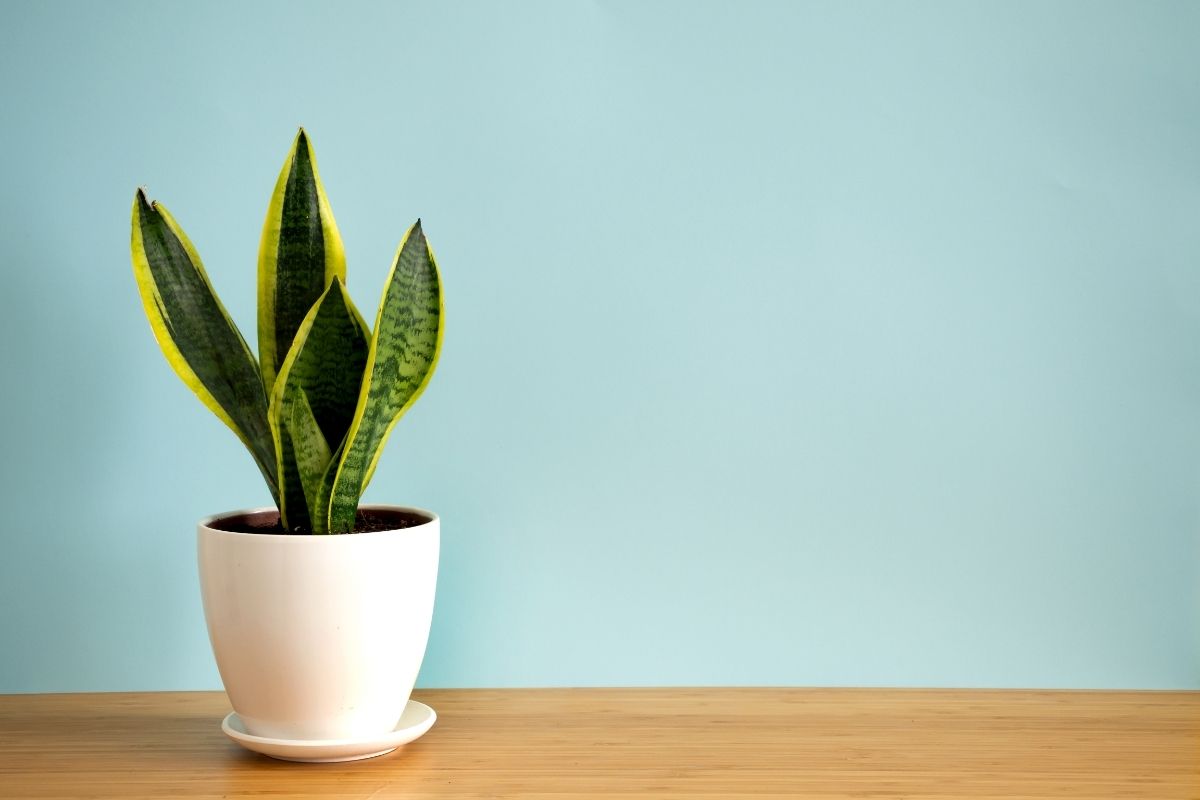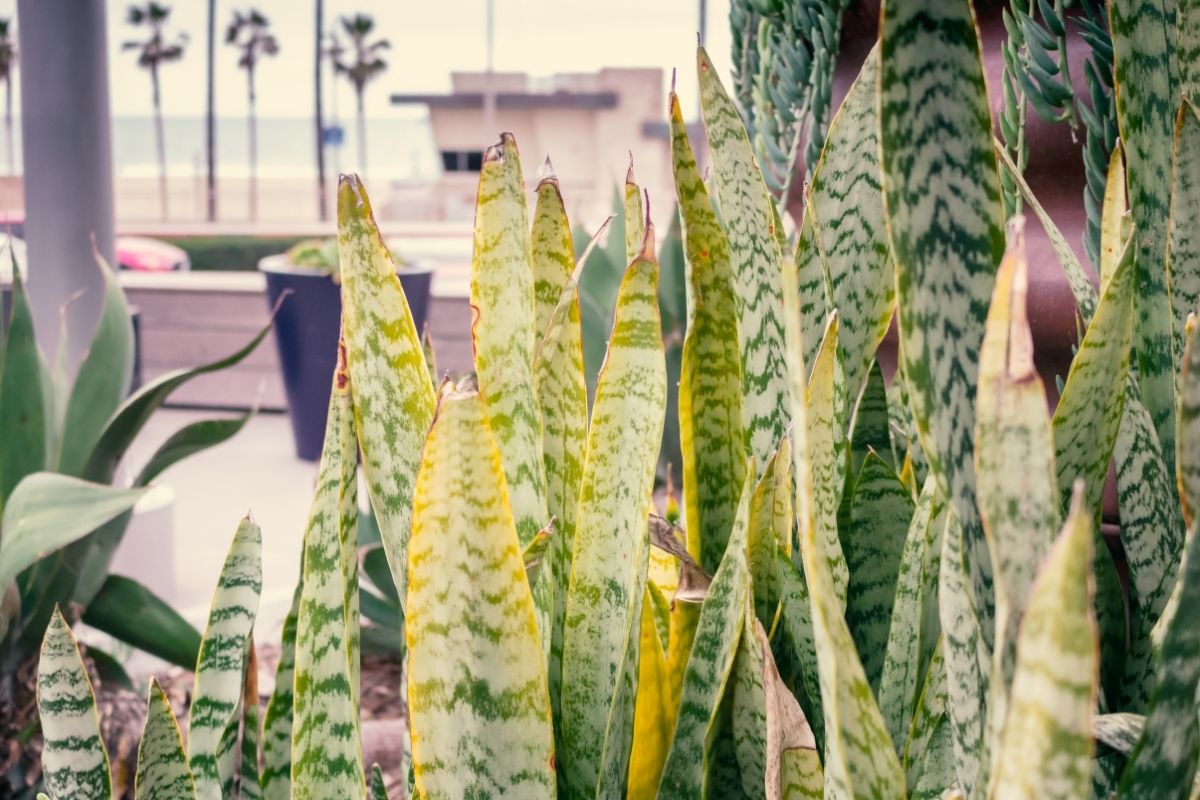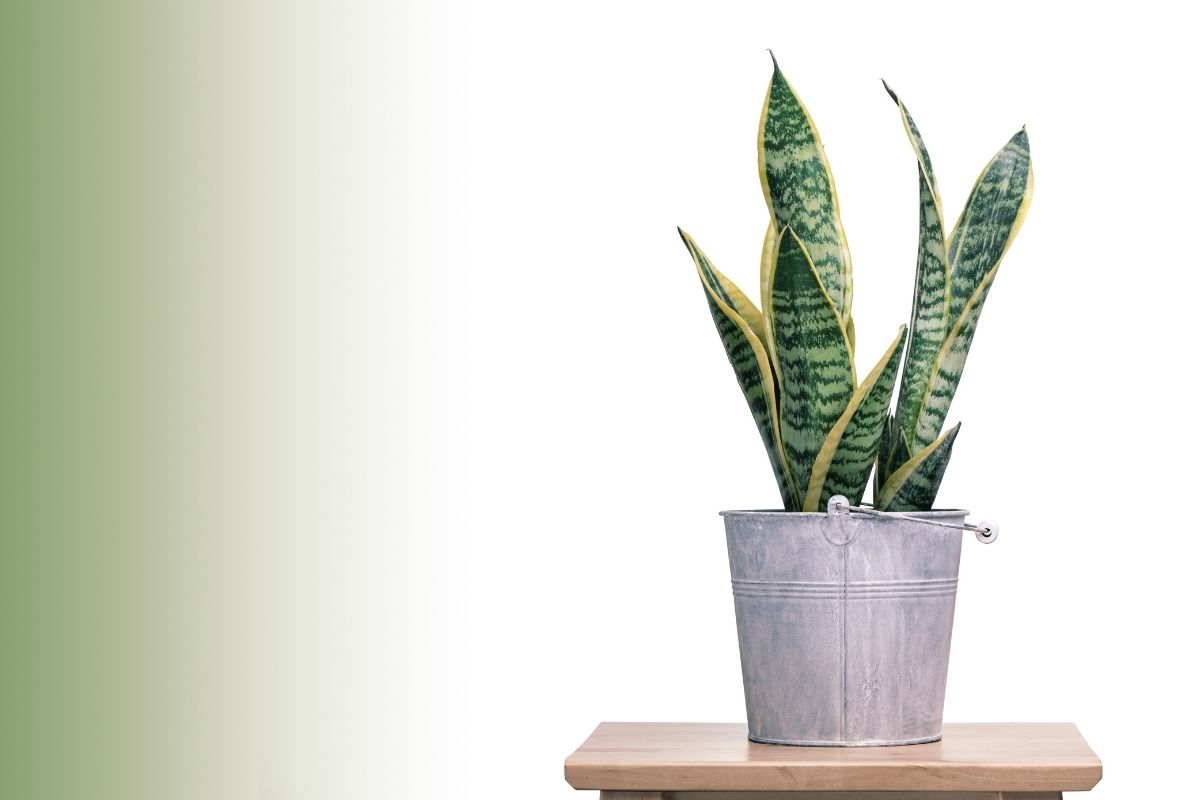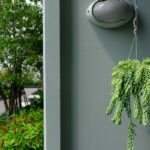Now more than ever, more people are keeping houseplants in their space. We call ourselves ‘plant parents’ and look after them like they are part of the family.
We may also keep plants because they look wonderful as part of our home decor, and can clear the air of toxins.
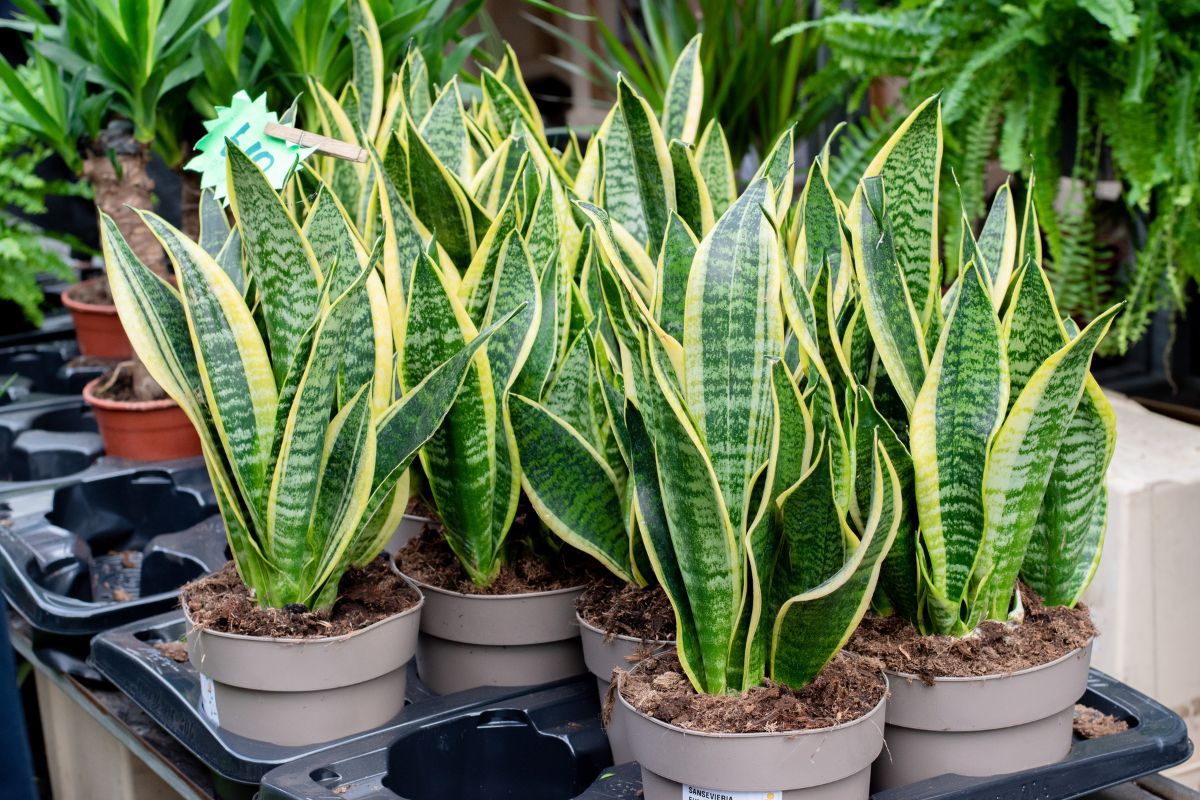
This is why it can be so frustrating when one of your plants is not looking its best, the leaves become discolored, or they begin drooping down.
If you have a snake plant that is drooping, or one that seems unhealthy, then we can troubleshoot the problem here, find the solution, and nurse your snake plant back to its original glory!
Let’s talk a little bit about snake plants in general, why it could be drooping, and what you can do to fix it. Read on to find out.
About Snake Plants
One of the most common and popular houseplants today is the snake plant.
Snake plants are also referred to as the Sansevieria trifasciata, and are native to the regions of Asia and Africa. It may also be called ‘mother in law’s tongue’ but most call it a snake plant.
These plants are highly popular as they are pleasing to look at, and are relatively simple to care for.
They look great as part of your home decor, and don’t need a lot of water to survive, as they are succulents.
In addition to this, snake plants are known to improve air quality in your home, removing toxic pollutants, filtering the air, and enhancing the energy of the area, which is probably why they are one of the most favored plants to decorate a house with!
While these plants are rather easy to care for and keep alive, you may have noticed that your snake plant leaves are drooping a little.
So, let’s find out why this happens, and what you can do to fix a drooping snake plant.
Why Is My Snake Plant Drooping?
Snake plants may begin to droop for a multitude of reasons. However, most of the time, the problem is caused by overwatering or drainage issues.
When a plant fails to grow perfectly, and doesn’t look its best- the typical cause of the problem is improper care.
This could be due to overwatering, underwatering, the wrong environment, or many other factors.
Lack Of Water
The number one reason a snake plant will start to droop is if you are underwatering it. Snake plants do not need a whole lot of water, but they still need it in order to thrive.
If the soil of your snake plant remains dry for a few weeks, then it will begin to fall over and the leaves will start to droop.
In addition to this, how much you water your snake plant will depend on how much light and sun the plant gets. But we’ll go over how to care for your snake plant below shortly.
Improper Drainage
Poor drainage is another reason that your snake plant is drooping over.
While you could be watering your snake plant the perfect amount, if there is not good drainage in the soil and the container, then the soil of the snake plant will become oversaturated, and the plant could begin to suffer and droop.
The best environment for your snake plant is in a well draining container, and with a well aerated potting mixture.
If you’re using a basic soil mix for houseplants, then this could be holding more water than the snake plant needs.
If the pot is not draining, then you will need to repot into a more suitable container.
For instance, the pot should have drainage holes so that the water can escape, or your snake plant could be drowning in too much excess water.
Overwatering
Your snake plant could also be drooping because of overwatering, so it is important that you get it just right.
Snake plants by nature do not need a lot of water, and the soil should be on the dry side. To see if you are overwatering, check the soil.
If your finger comes out clean, then you’re not overwatering your snake plant.
If it comes out covered in soil, then it is likely too wet, which could result in drooping or yellowing leaves. Do not water your snake plant until the top 3 inches of soil is dry!

Root Rot
Finally, another common reason the leaves of your snake plant could be drooping is due to root rot. To see if this is the problem, you’ll need to check the roots, by removing the plant from its container.
If there are any brown, soft roots, or red roots, then it could have root rot. All you’ll need to do then is remove the infected roots, and re-pot in a well draining soil mixture.
Be sure to not overwater again, as this could result in root rot.
How To Fix A Drooping Snake Plant
To fix a drooping snake plant, you have to keep it in the proper conditions. A snake plant does not require much watering, so as mentioned above, be sure not to overwater your snake plant.
Only water the plant when the top of the soil is dry, or it could become oversaturated and could develop root rot.
As a rough guide, you should only need to water a snake plant every 2-4 weeks.
You will also need to keep the soil dry. Go for a well draining pot, and ensure the soil is aerated.
Snake plants are classed as succulents, so you can use a potting mix suitable for succulent plants or cacti for the best results.
You also need to consider the temperature and humidity of your snake plants. Snake plants come from warm climates, and prefer these temperatures in order to thrive.
The temperature for a snake plant should range from 60 degrees fahrenheit to 90 degrees fahrenheit, and the plant should stay away from extreme heat and cold temperatures.
If your home is too dry, then you could benefit from a humidifier for your plants.
Finally, your snake plant will prefer bright, indirect sunlight. This will help the plant, and its leaves grow and thrive.
The lighting also impacts the amount of water your snake plant needs.
For instance, if in darker conditions, then it will not need as much water as a snake plant in bright conditions. Consider this when caring for your snake plant.
Final Thoughts
To summarize, a snake plant could droop for a number of reasons, but most of the time it is due to overwatering or underwatering the plant.
Snake plants are fairly easy to care for, but when it does not have the proper drainage, watering schedule, or lighting, it can begin to droop down.
- Best Hanging Plant For Low Light - September 4, 2023
- Best Indoor Plants Florida - August 28, 2023
- Best Plants For Bathroom Smells - August 21, 2023

